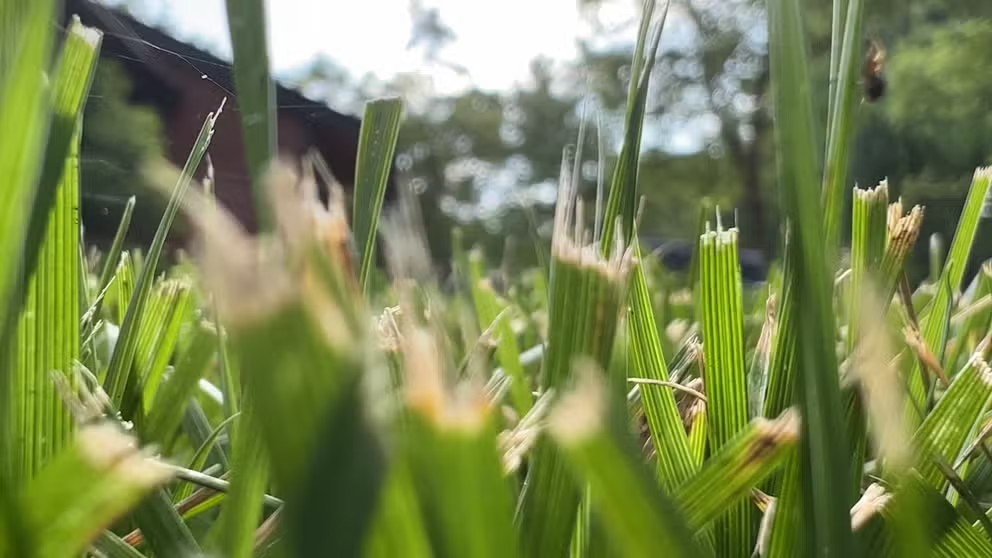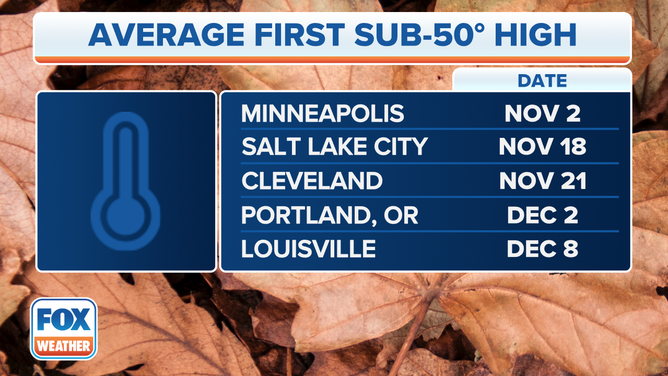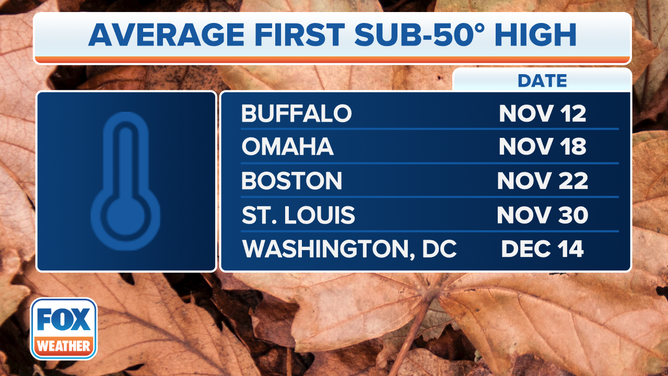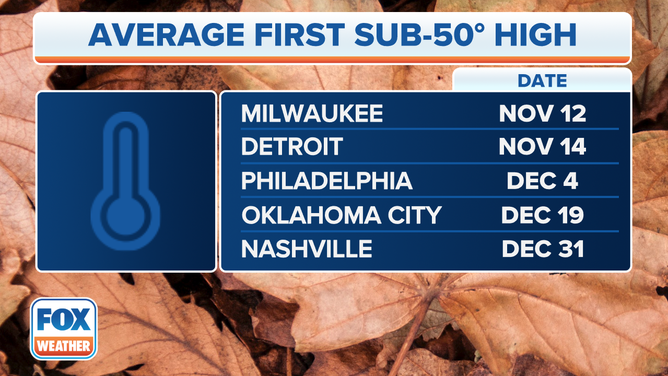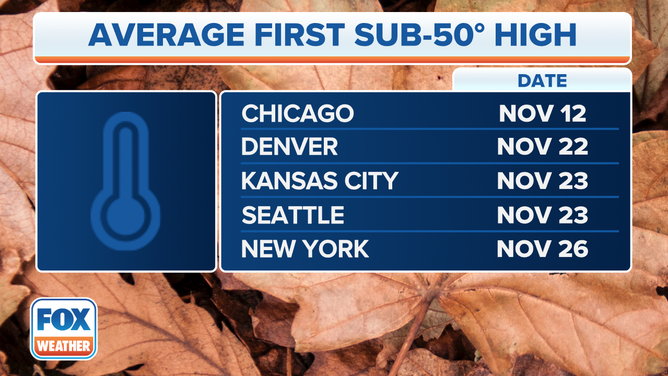When should you stop mowing the lawn before winter? Here's what one expert says
Lawn experts say Mother Nature tells us when we reach the end of the grass-cutting season.
Lawns in America
In American culture, plush, green lawns became intertwined with status, family, personal agency and more.
KANSAS CITY, Mo. – Wondering when you can stop mowing your lawn this fall? Lawn experts say Mother Nature tells us when we reach the end of the grass-cutting season.
Horticulture agent Dennis Patton, of the Johnson County K-State Research and Extension, said it all depends on weather patterns.
While there are about a dozen different grasses, your lawn probably contains a mixture – most are either warm- or cool-season grasses.
Warm-season grasses grow dormant when the soil temperature reaches about 55 degrees.
HOW LAWNS BECAME A STATUS SYMBOL IN AMERICA
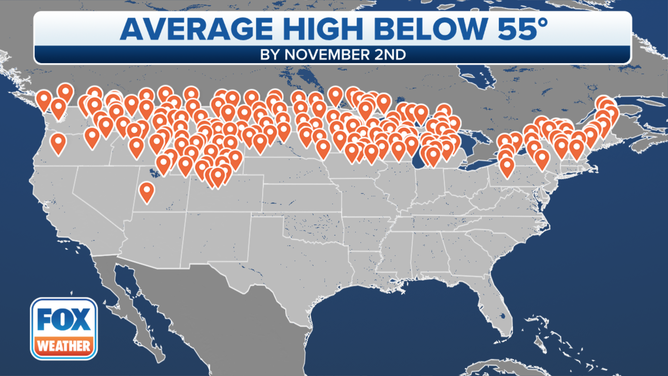
The map above shows the dozens of locations where the current average-high temperature meets the criteria.
(FOX Weather)
Cool-season grasses stop growing when daytime high temperatures are consistently below 50 degrees. As of Oct. 7, there were no locations in the U.S. that had an average-high temperature below 50 degrees. The closest was Yellowstone Lake, Wyoming, at 50.3 degrees.
"It could be into mid-November," Patton said.
THESE HOMEMADE GARDEN TRICKS CAN HELP KEEP CRITTERS OUT, SOIL MOISTURE IN CHECK
Another consideration is that the lawn may not be growing, but mowing is an effective way to decrease the need for leaf raking.
"We call it mulch-mowing. That is mowing frequently enough that the leaves are chopped and filter back into the lawn," Patton said.
Patton said you can mow up to 6 inches (not all at once) of fallen leaves into healthy turf.
HOW CHANGING YOUR LAWN CAN PROTECT THE OCEAN
Patton advises that you mow at the same height all summer and fall long – around 3 inches.
"Fertilization of tall fescue and bluegrass lawns strengthen roots and stored food reserves in November. The bonus is earlier spring green-up with less mowing," he said.
Good soil moisture helps the lawn cope with the cold conditions during the winter months, and weeds need to be controlled now before bursting into bloom next spring.
